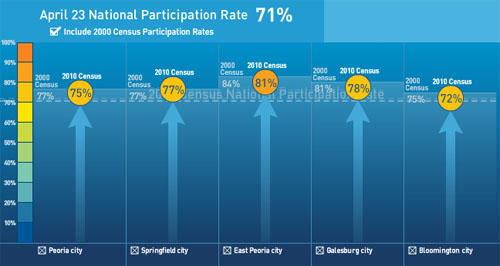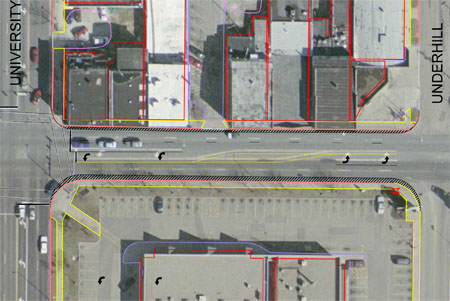From my inbox:
On Thursday, April 29, the Peoria Area World Affairs Council will host Reza Aslan, the internationally acclaimed author and media consultant on issues of religion and politics. The author will sign copies of his books, No god but God: The Origins, Evolution, and Future of Islam and Beyond Fundamentalism: Confronting Religious Extremism in a Globalized Age.
Since the attacks of 9/11 on the United States, news of terrorism and the fighting between religious factions, Muslim, Christian, Jewish, have given more weight to Samuel Huntington’s theory of the “clash of civilizations.” According to Reza Aslan, this is not the case.
“What is taking place now in the Muslim world is an internal conflict between Muslims, not an external battle between Islam and the West,” writes in his book, No god but God. “The West is merely a bystander — an unwary yet complicit casualty of a rivalry that is raging in Islam over who will write the next chapter in its story.”
Reza Aslan has degrees in Religions from Santa Clara University, Harvard University, and the University of California, Santa Barbara, as well as a Master of Fine Arts from the University of Iowa. He is a member of the Council on Foreign Relations, the Los Angeles Institute for the Humanities, and the Pacific Council on International Policy. He serves on the board of directors of the Ploughshares Fund, which gives grants for peace and security issues, Abraham’s Vision, an interfaith peace organization, and PEN USA, which champions the rights of writers under siege around the world.
The presentation on April 29 will begin at 5:00 pm with a reception and book-signing at Barrack’s Cater Inn, 1224 Pioneer Parkway in Peoria. Dinner will be served at 6:00 pm, followed by Aslan’s presentation. Tickets for the dinner and presentation are $35 for the general public, and $15 for the presentation only. Discounts are available.
For more information, please contact the Peoria Area World Affairs Council, (309) 677-2454 or www.pawac.org.


